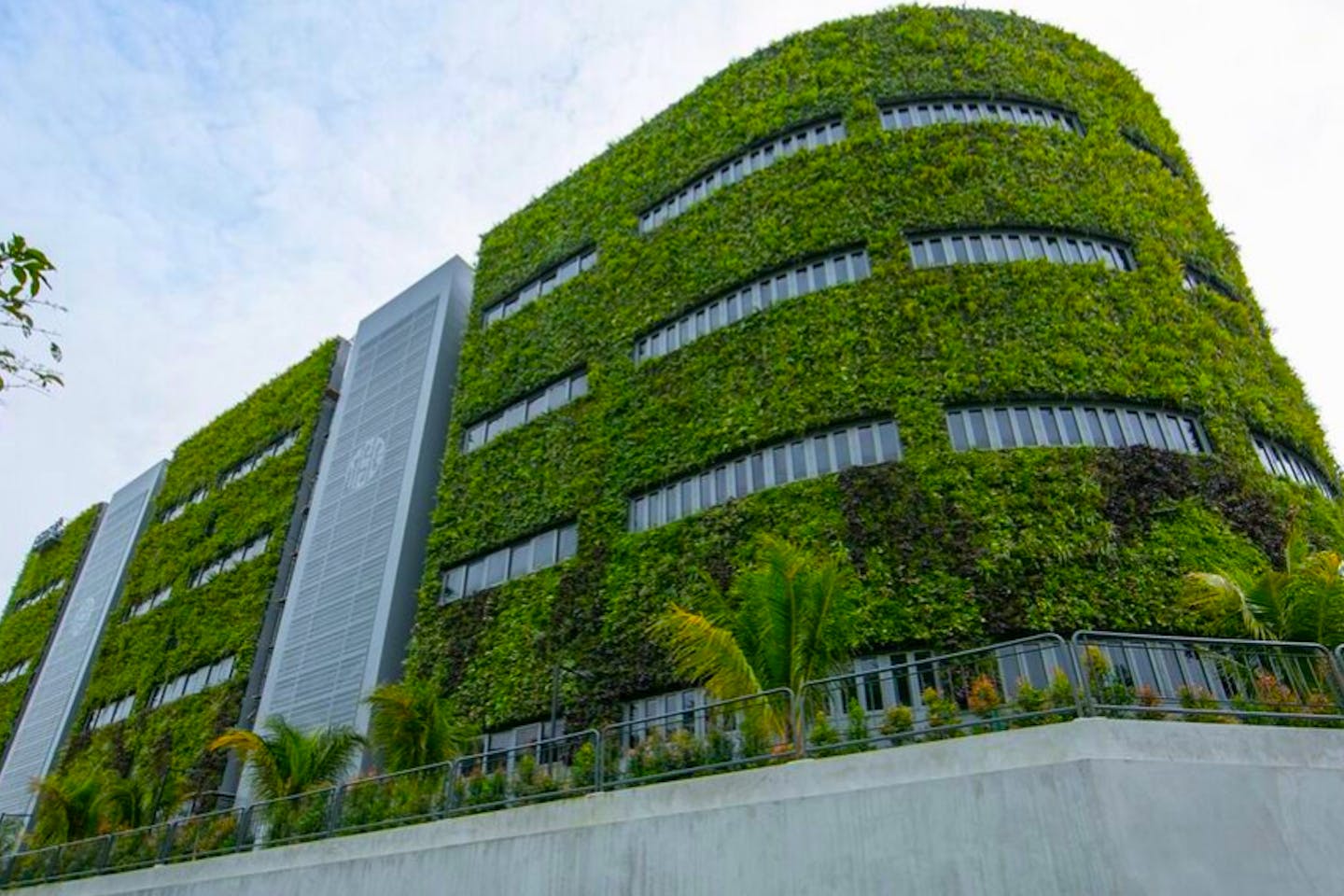The urban environment presents important considerations for global climate change. Over half of the world’s population lives in urban areas (1). Because cities are more dense and walkable (2), urban per capita emissions of greenhouse gases (GHGs) are almost always substantially lower than average per capita emissions for the countries in which they are located (3, 4). Urban areas are also more likely than non-urban areas to have adequate emergency services (5), and so may be better equipped to provide critical assistance to residents in the case of climate-related stress and events such as heat waves, floods, storms, and disease outbreaks. However, cities are still major sources of GHG emissions (6). Studies suggest that cities account for 40-70% of all GHG emissions worldwide due to resource consumption and energy, infrastructure, and transportation demands (7). Highly concentrated urban areas, especially in coastal regions and in developing countries, are disproportionately vulnerable to extreme weather and infectious disease.
Urban forests play an important role in climate change mitigation and adaptation. Active stewardship of a community’s forestry assets can strengthen local resilience to climate change while creating more sustainable and desirable places to live.
Urban forests help control the causes and consequences of climate-related threats. However, forests may also be negatively impacted by climate change.
Safford, H.; Larry, E.; McPherson, E.G.; Nowak, D.J.; Westphal, L.M. (August 2013). Urban Forests and Climate Change. U.S. Department of Agriculture, Forest Service, Climate Change Resource Center. www.fs.usda.gov/ccrc/topics/urban-forests





